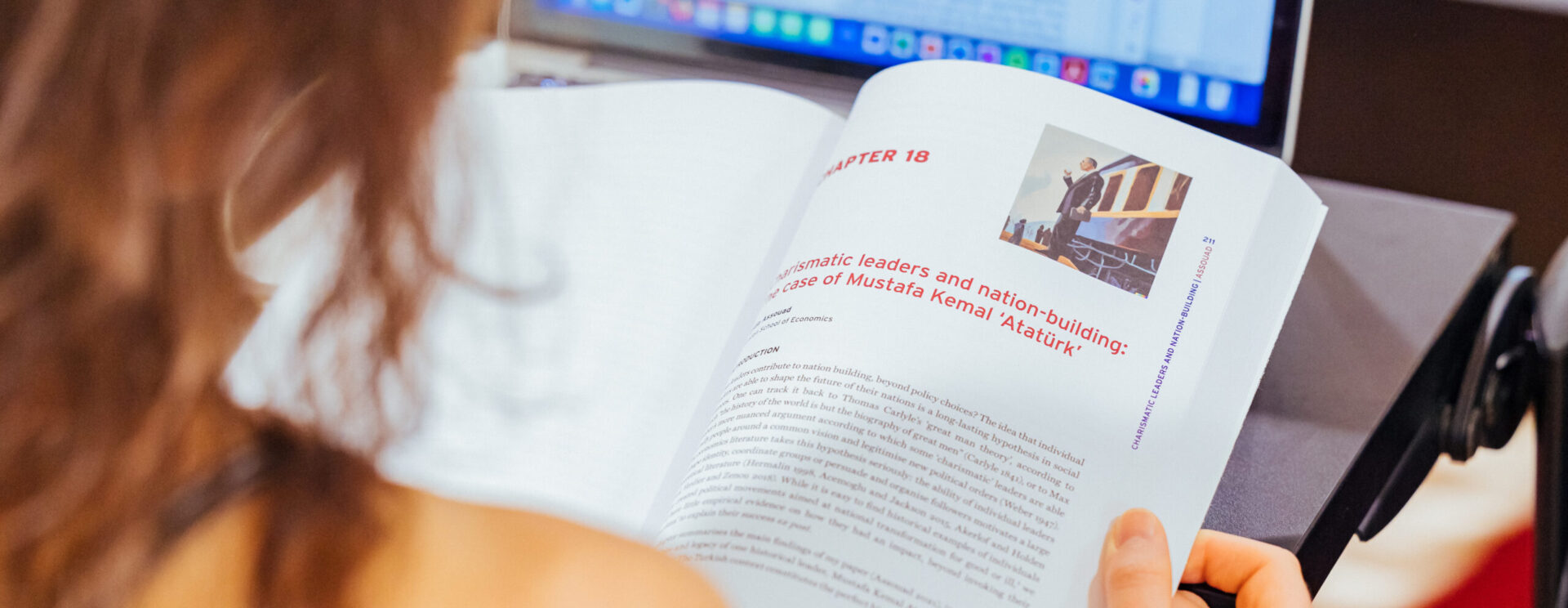Benefit in the wake of disaster: Long-run effects of earthquakes on welfare in rural Indonesia
Pre-print, Working paper: We examine the long-term effects on individual economic outcomes of a set of earthquakes – numerous, large, but mostly not extreme – that occurred in rural Indonesia since 1985. Using longitudinal individual-level data from large-scale household surveys, together with precise measures of local ground tremors obtained from a US Geological Survey database, we identify the effects of earthquakes, exploiting the quasi-random spatial and temporal nature of their distribution. Affected individuals experience short-term economic losses but recover in the medium-run (after two to five years), and even exhibit income and welfare gains in the long term (six to 12 years). The stocks of productive assets, notably in farms, get reconstituted and public infrastructures are reconstructed with some improvements, seemingly partly through external aid, allowing productivity to recover. These findings tend to discount the presence of poverty traps, and exhibit the potential long-term benefits from post-disaster interventions in context where disasters primarily affect physical assets.
Author(s)
Jérémie Gignoux, Marta Menéndez
Date of publication
- 2014
Keywords JEL
Keywords
- Natural disasters
- Earthquakes
- Rural Indonesia
- Long-term effects
- Welfare
- Aid and reconstruction
Internal reference
- PSE Working Papers n°2014-27
URL of the HAL notice
Version
- 2
